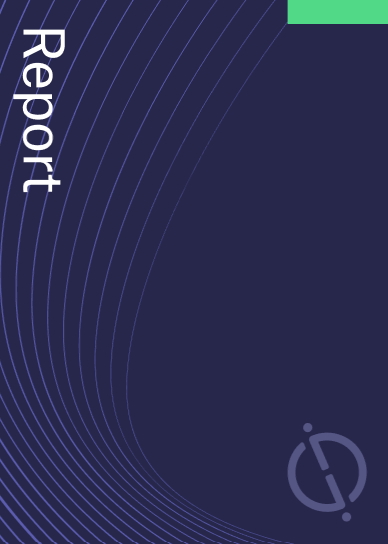Valaris has been granted a patent for a virtual phased-array system that enables coherent transmission and reception of radio signals among wirelessly interconnected antenna elements, even when some elements are in motion. The system synchronizes clocks, determines relative positions and orientations of the elements, calibrates a manifold vector, and transmits coherent wireless signals. GlobalData’s report on Valaris gives a 360-degree view of the company including its patenting strategy. Buy the report here.
According to GlobalData’s company profile on Valaris, Underwater drilling platforms was a key innovation area identified from patents. Valaris's grant share as of September 2023 was 44%. Grant share is based on the ratio of number of grants to total number of patents.
Coherent transmission and reception of radio signals among moving antenna elements
A recently granted patent (Publication Number: US11777207B2) describes a method for establishing coherence between multiple antenna elements in a virtual phased-array. The method involves synchronizing the clocks of the antenna elements based on measurements of wireless signals transmitted by the elements. The relative positions and orientations of the antenna elements are then determined using a second set of measurements of wireless signals transmitted after clock synchronization.
To calibrate the manifold vector, which is used for transmitting coherent wireless signals, the method determines one or more weights associated with each antenna element based on their relative positions and orientations. Finally, the calibrated manifold vector is used to transmit a plurality of coherent wireless signals via two or more of the antenna elements.
The first set of measurements mentioned in the patent relates to phase and frequency offsets of the clocks of the antenna elements. This information is used to synchronize the clocks accurately.
The determination of the relative positions and orientations of the antenna elements can be achieved through a process called multilateration. This technique uses the measurements of wireless signals to calculate the positions and orientations of the antenna elements relative to each other.
The second set of measurements mentioned in the patent includes range and range rate measurements. These measurements are fused together using a Kalman filter, a mathematical algorithm that combines multiple measurements to estimate the true values. The fused measurements are then used to determine the relative positions and orientations of the antenna elements.
Alternatively, the range and range rate measurements can be fused using either an inertial navigation system or an inertial measurement unit. These systems use sensors to measure acceleration and rotation, allowing for accurate determination of the relative positions and orientations of the antenna elements.
Overall, this patent describes a method for establishing coherence between multiple antenna elements in a virtual phased-array. By synchronizing clocks, determining relative positions and orientations, and calibrating the manifold vector, the method enables the transmission of coherent wireless signals. The patent provides various techniques for achieving accurate clock synchronization and determining the relative positions and orientations of the antenna elements.
To know more about GlobalData’s detailed insights on Valaris, buy the report here.
Data Insights
From

The gold standard of business intelligence.
Blending expert knowledge with cutting-edge technology, GlobalData’s unrivalled proprietary data will enable you to decode what’s happening in your market. You can make better informed decisions and gain a future-proof advantage over your competitors.







